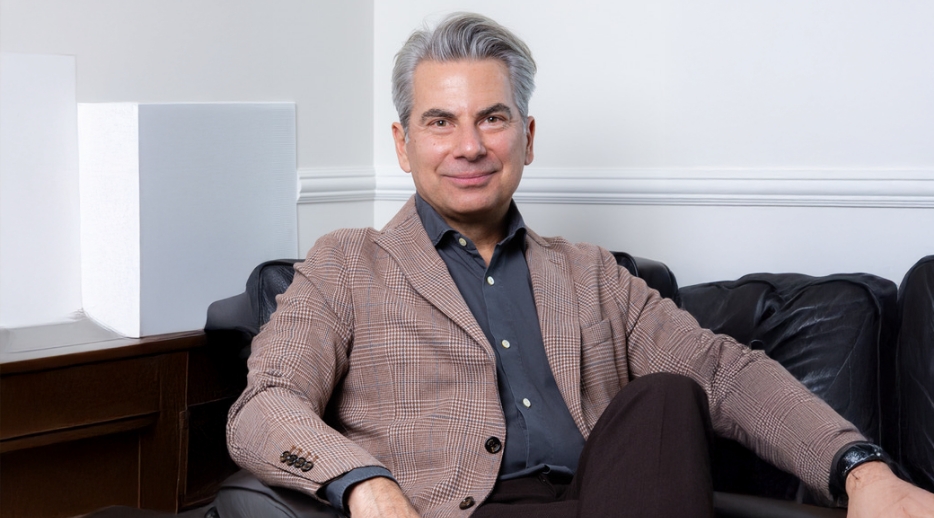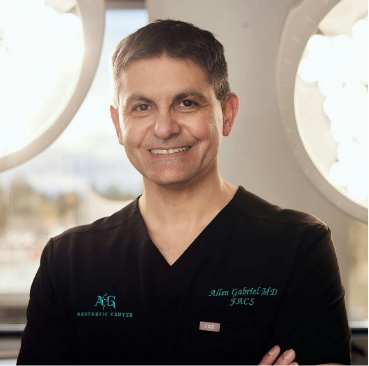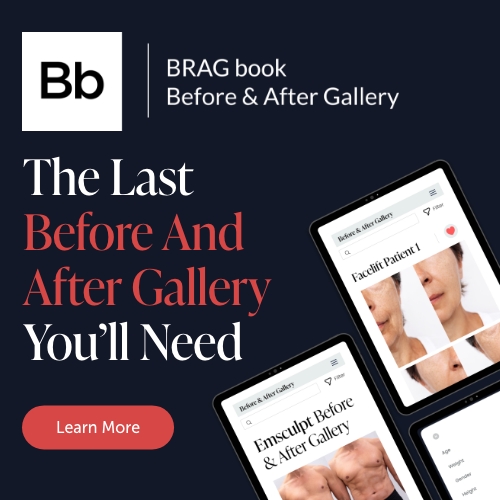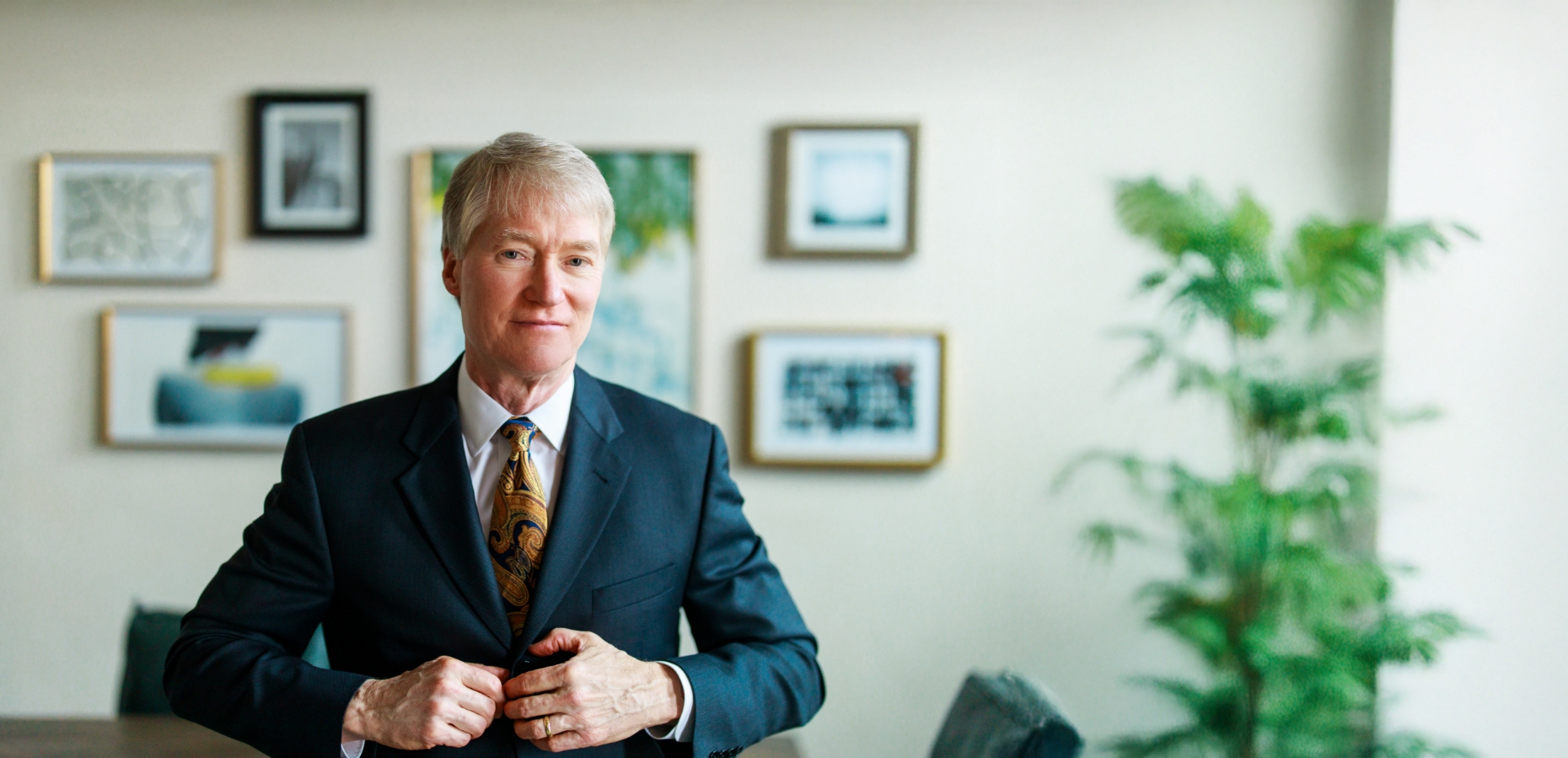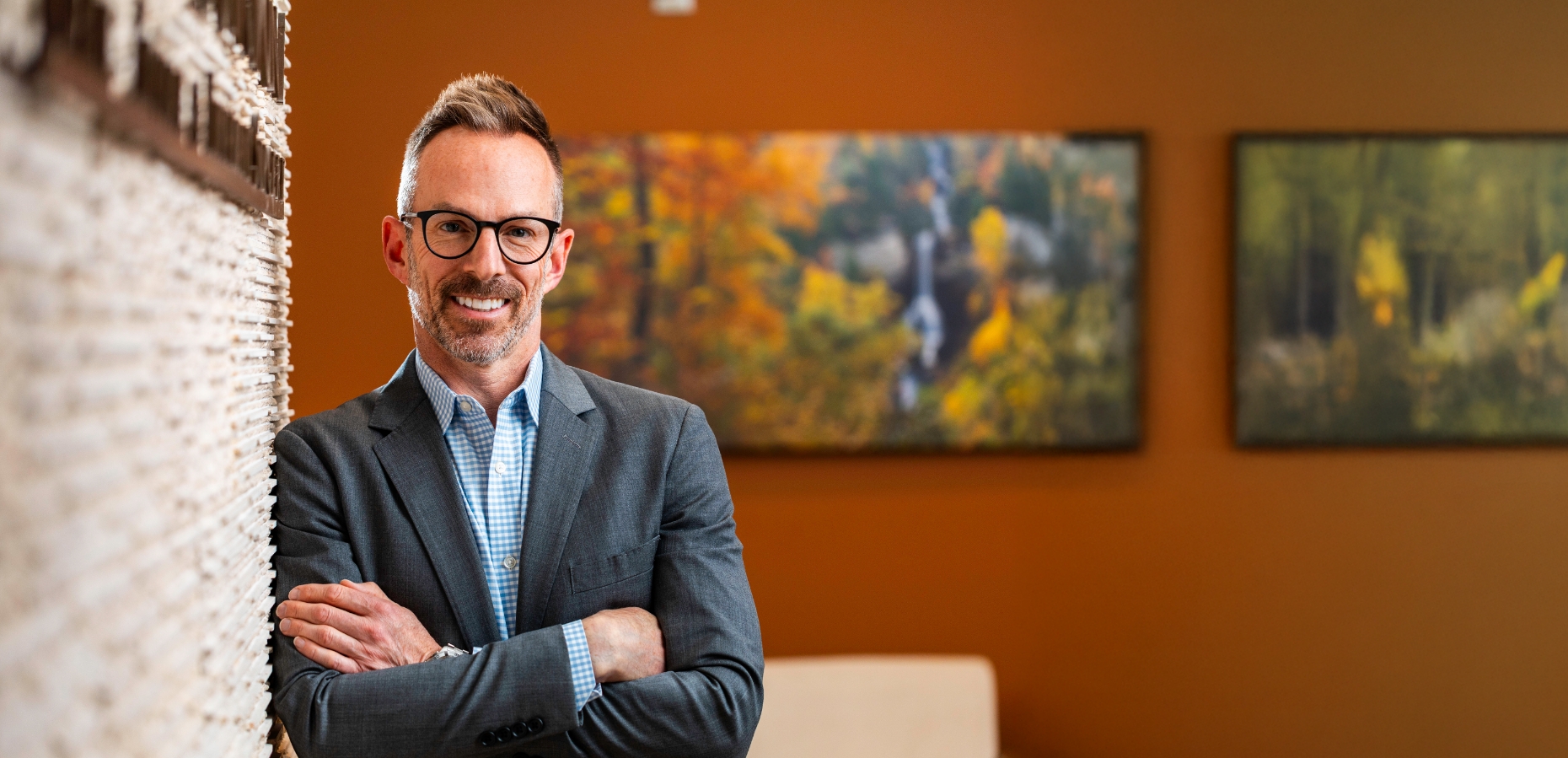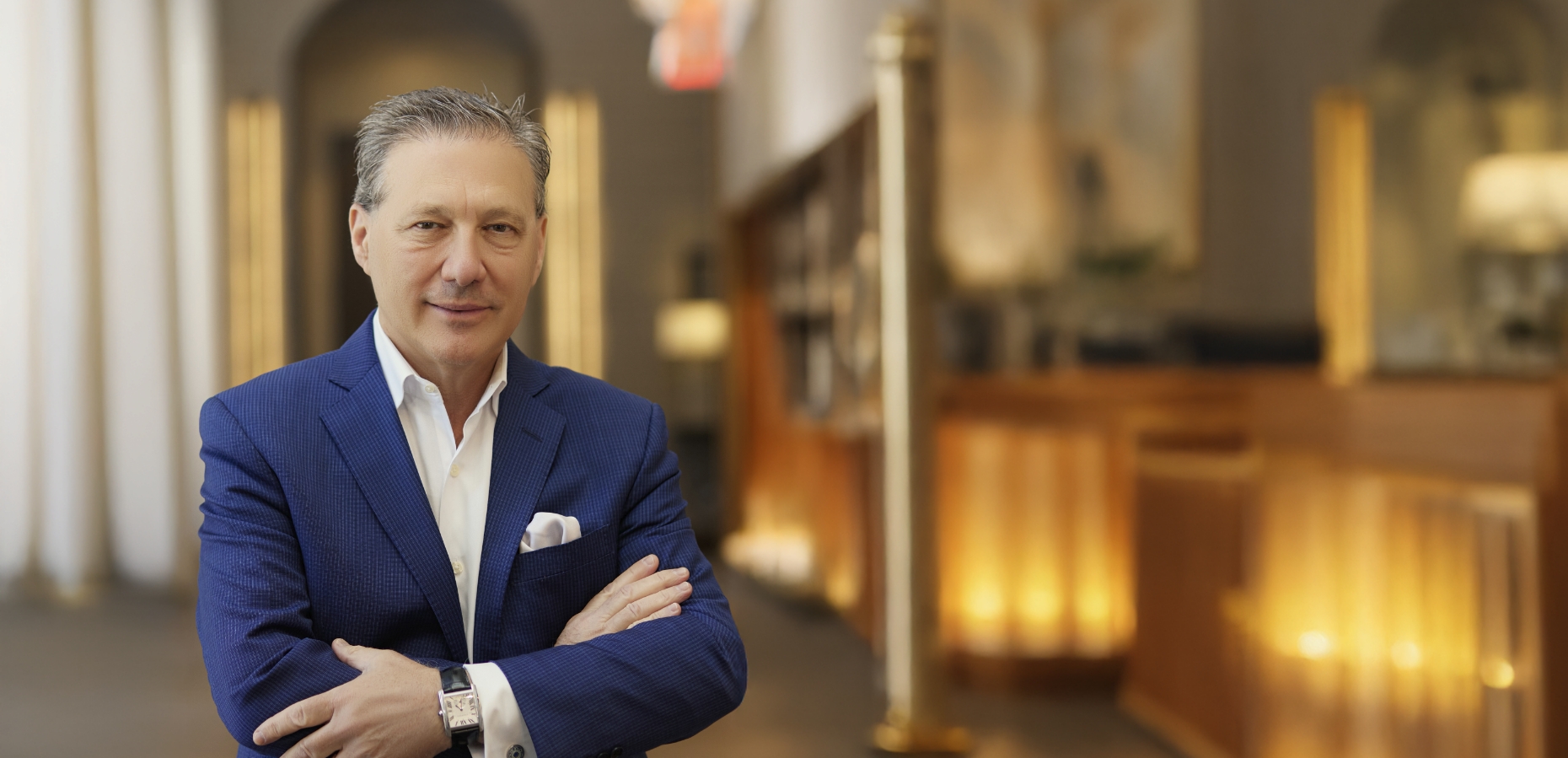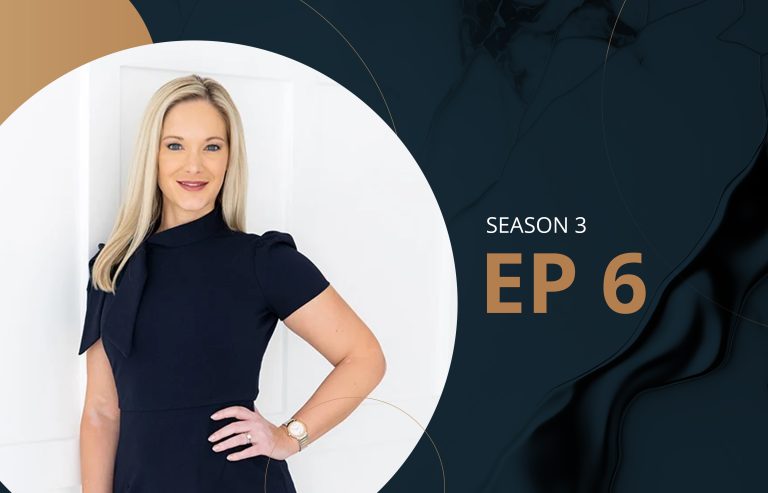As the chief executive of The Aesthetic Society, Mark Theis is steering the 50-year-old organization through rapid growth, a changing regulatory environment, and the post-pandemic events landscape. Drawing on a career spent launching hotel brands and revitalizing world-class convention bureaus, he is reimagining how the industry educates surgeons and their teams, advocates for patient safety, and builds community. In this Q&A, Mark walks us through his vision, the concrete programs already in motion, and what it all means for the future of aesthetic medicine.
Question:
Your background spans major hospitality brands like Hyatt and Marriott, plus leadership roles with convention bureaus in Los Angeles, San Francisco, and Chicago. What inspired your transition into the world of aesthetic medicine?
Mark Theis:
I’d spent many years launching new initiatives for hotel brands Starwood, Hyatt, and Marriott, including designing loyalty programs such as World of Hyatt and Starwood Preferred Guest (SPG). I also assisted in the rollout of new hotel brands, developed sales and marketing tools to drive topline success, and helped produce city-wide conventions, driving significant economic impact for major destinations. That work sharpened my instincts for creating memorable experiences, building brand loyalty, and driving revenue through thoughtful customer-centric strategies. When I was introduced to The Aesthetic Society two years ago, I already realized the specialty was exploding—not just in surgical procedures but in the fast-growing nonsurgical market. I also realized that The Society had not yet fully modernized its member experience.
The board of directors made it clear they wanted transformative change, and they realized my business experience and skills would bring the expertise and fresh perspective they needed. My business acumen and strategic discipline could help the organization manage year-to-year leadership turnover and implement its long-term vision.
Question:
The events industry has faced significant headwinds post-pandemic, with many professional gatherings struggling to recapture attendance. How do you plan to leverage your hospitality and convention expertise to reinvigorate The Aesthetic Society’s educational conferences and meetings?
Mark Theis:
We’ve blended large-scale event design with personalized learning journeys so that conferences feel less like lectures and more like dynamic, loyalty-building experiences.
When I arrived two years ago, I treated our annual meeting the way I used to launch a new hotel brand: start with the guest journey and work backward. We formed the Education Reimagined Task Force to rethink the annual meeting. We introduced a more interactive learning format, featuring lunch-and-learns, case-based “ask-the-expert” roundtables, and two open-air stages located directly on the exhibit floor.
We also reconfigured traffic flow so that breaks, meals, even our flagship arena sessions now live inside the marketplace. This means every exhibitor, from global giants to start-ups, gets meaningful face time with our 1,500-plus attendees.
Our Technology & Innovation Exchange keeps the energy high with rapid-fire, 10- to 20-minute demos of breakthrough devices and techniques, generating the buzz of a TED-style forum while keeping surgeons and vendors within the same ecosystem all day.
We plan to introduce more innovative ways to engage our attendees going forward, with a focus on providing resources for the new generation of surgical and non-surgical professionals just entering the field. Attendees will experience all this and more at The Aesthetic MEET in Boston, May 14-17, 2026.
Question:
Following Texas HB 3749 and increased regulatory scrutiny of medical spas, is The Aesthetic Society taking any proactive steps to help shift public perception or guide regulatory changes across the broader aesthetic industry?
Mark Theis:
The Aesthetic Society employs a full-time legal counsel and has an Advocacy Relations Committee that springs into action when needed, as in the case of Texas HB 3749.
When a risk emerges, the committee allocates resources strategically. We also work in collaboration with the other core societies representing dermatologic surgery, oculoplastics, and facial plastics. While The Aesthetic Society isn’t a registered lobbying body, this coalition strategy lets us support and advocate for patient safety.
Question:
As regulatory frameworks tighten across various states, what is your strategy for ensuring The Aesthetic Society’s members not only meet minimum requirements but also set the gold standard for aesthetic plastic surgery?
Mark Theis:
While we are not a regulatory body, our membership criteria and education programs emphasize patient and positive beauty outcomes.
Programs like AlliedPro®, keep the entire practice up-to-date with access to resources and information to expand knowledge and sharpen skills and techniques. The Aesthetic Society’s structured educational offerings also provide recognition, which in turn drives greater consumer confidence. You can find out more about The Society’s education resources by visiting The Aesthetic Academy, our online, on-demand learning portal: The Aesthetic Society.
Question:
Conferences and training are only one facet of The Aesthetic Society’s work. What signature programs illustrate how you’re improving patient care and surgeon practices?
Mark Theis:
Through our 501(c)(3) charitable arm, The Aesthetic Foundation, we’re reaching far beyond the OR. In 2023, under the leadership and heartfelt dedication of Dr. Allen Gabriel—current Aesthetic Foundation Vice President and Chair of the Patient Assistance Funds Review Task Force—we launched the Breast Cancer Journey Assistance Fund. This program fills critical gaps where insurance and other charities fall short, offering financial support for non-surgical medical expenses such as transportation to treatment, wigs, basic living needs, and respite care. As Dr. Gabriel shares, “We have seen that the need is great, and The Aesthetic Foundation is in a position to provide assistance in areas not covered by insurance or other resources.” Thanks to the generosity of our donors, over 100 patients have already received assistance, and we’re committed to growing that impact for years to come.
In addition, the Mollenkopf Breast Reconstruction Fund offers essential financial support for uninsured and underinsured patients seeking breast reconstruction surgery—helping to restore not just bodies, but dignity and confidence.
These initiatives embody the mission of The Aesthetic Foundation: to improve the safety and effectiveness of aesthetic surgery and medicine. Whether by funding cutting-edge research or helping patients navigate the financial realities of recovery, we are proud to lead with purpose, compassion, and innovation.
Furthermore, we developed Aesthetic One, a cloud-based, browser-based app, device-tracking platform that seamlessly works in tandem with the FDA-recognized ARISE (American Registry for Breast Implant Surveillance) registry. Surgeons scan a breast implant barcode once, and the system logs every detail while instantly providing patients with lifetime access to their device information and any future safety alerts—no paperwork, no guesswork. Every initiative we undertake reflects how we turn our leadership in the field into real-world improvements for patients and practitioners alike.
Question:
What’s your long-term vision for establishing The Aesthetic Society as the definitive voice that both champions and refines aesthetic medicine on a global scale?
Mark Theis:
Our long-term vision is to position The Aesthetic Society as the global reference point for safe, innovative aesthetic medicine by weaving together a purpose-driven strategy, unrivalled education, and a truly inclusive community. In a world full of choices, what people “feel” is what they remember. Creating these moments was key for success in the hospitality world, and we want to bring them to our members and their patients as well.
At both the governance and staff levels, we maintain a structure and vision that transcends our day-to-day operations and supports our members and the patients they serve.
Educationally, we will remain the center of excellence, delivering role-specific, stage-of-career learning journeys for surgeons and the wider care team. This is amplified through AlliedPro so nurses, PAs, RNs, and office managers all have a professional “home” under our umbrella.
To magnify that impact worldwide, we have expanded and strengthened alliances with over 50 international societies and an expanded roster of industry partners. This enables us to share data and align best practices.
Finally, drawing on hospitality principles, we are crafting personalized, loyalty-style member experiences at meetings and online that make aesthetic medicine professionals aspire to belong and stay engaged throughout their careers. By uniting these initiatives, The Aesthetic Society not only champions aesthetic medicine—we also define the benchmarks by which the world measures quality, safety, education, and innovation.
Question:
As we wrap up, what’s the key message you’d like our readers to understand about The Aesthetic Society’s mission and the future of aesthetic plastic surgery?
Mark Theis:
At its core, The Aesthetic Society aims to demonstrate to the world that it is not an exclusive club of surgeons but a welcoming and collaborative community for everyone who contributes to achieving safe and beautiful outcomes in aesthetic medicine. Our mission is to deliver the industry’s most rigorous, gold-standard education, enabling plastic surgery practices, med spas, and other aesthetic medicine professionals to master the latest techniques, elevate patient outcomes, and, above all, prioritize patient safety. We pursue that goal through personalized learning journeys and vibrant, peer-to-peer engagement that keeps every member moving forward together toward a future of higher standards and better patient care.
